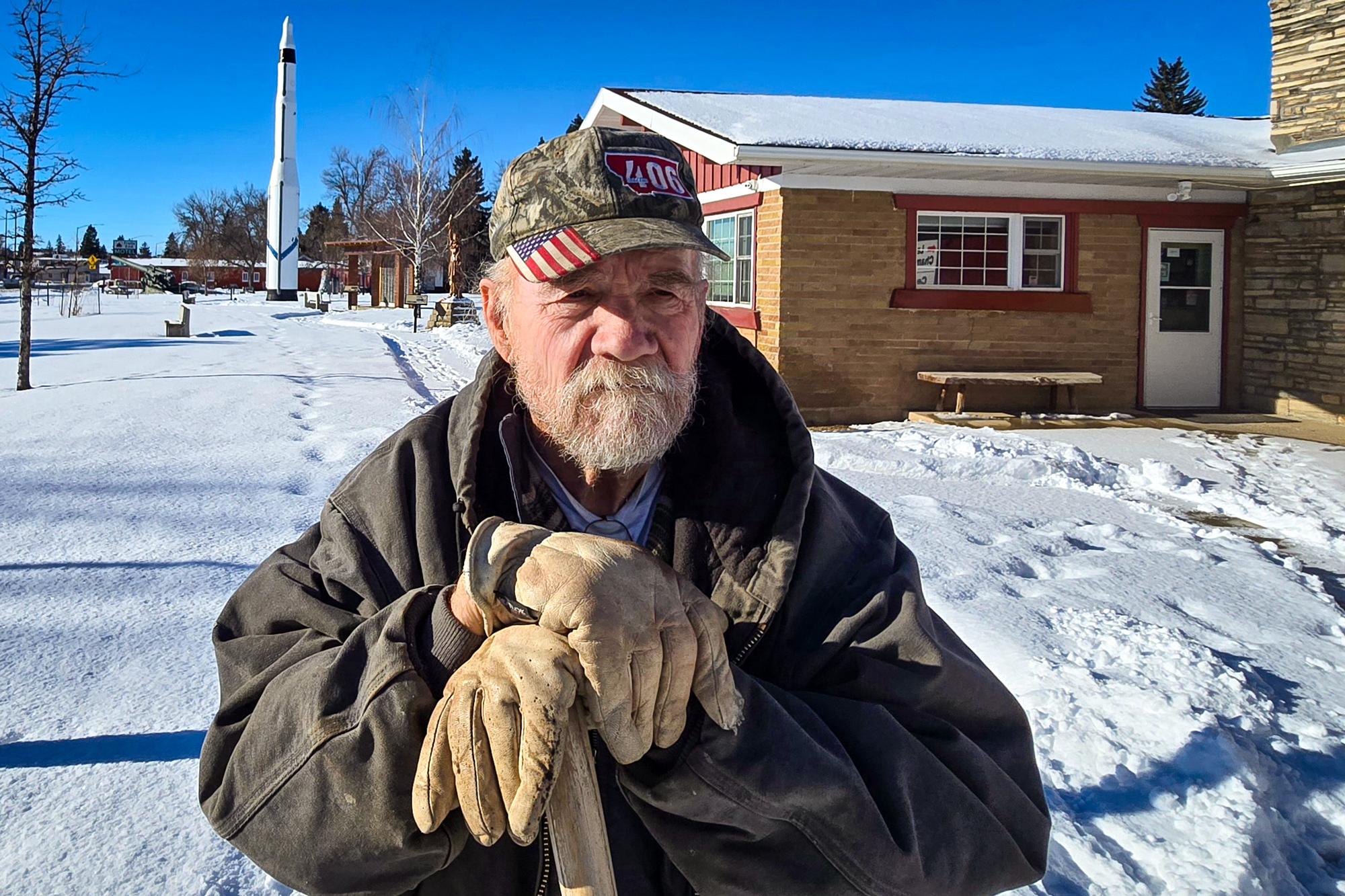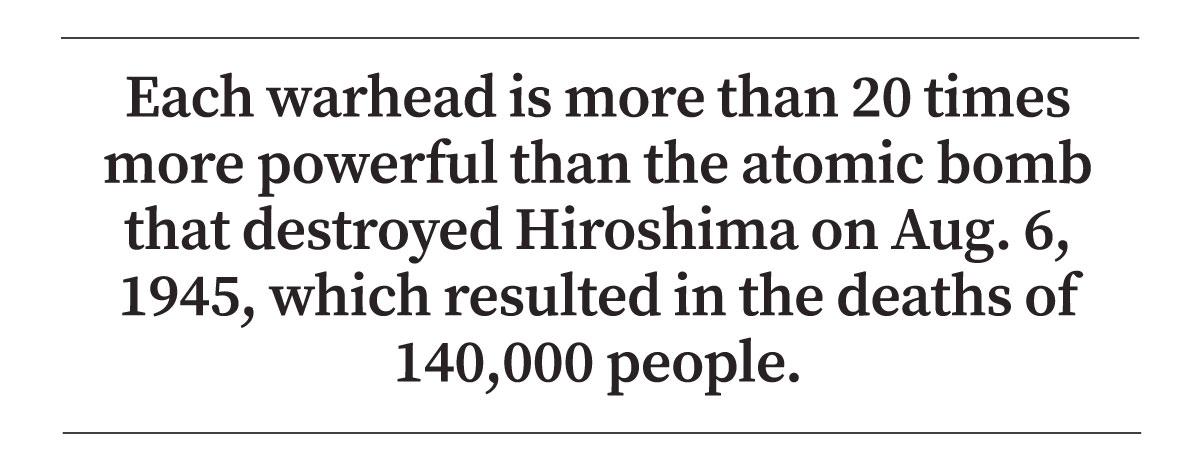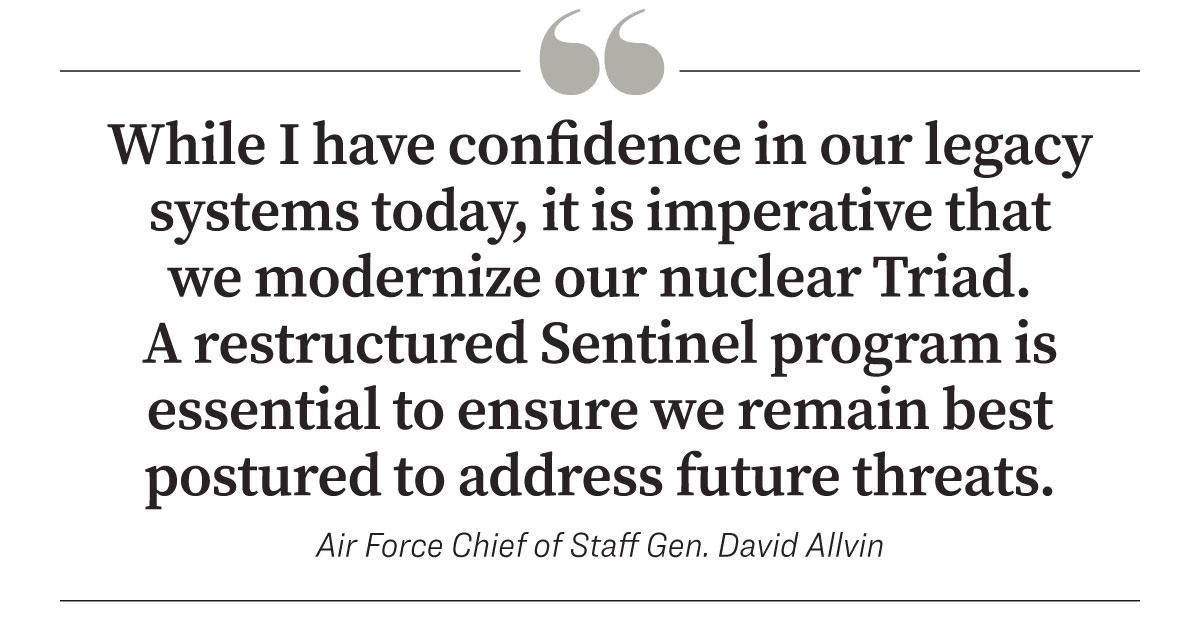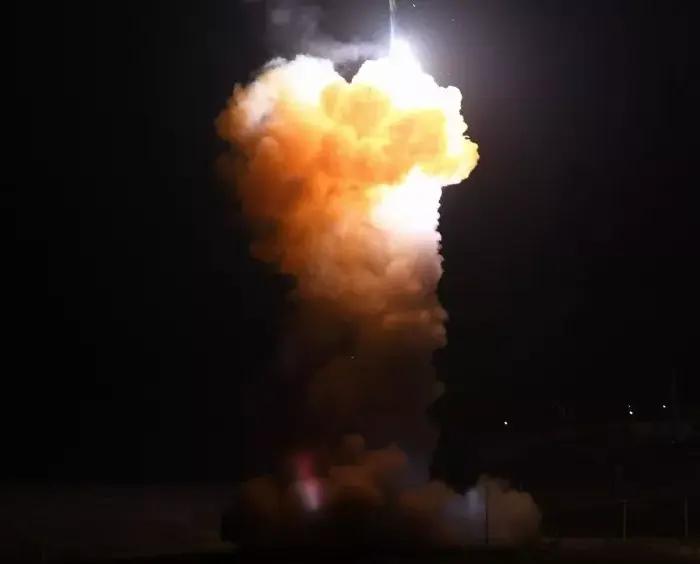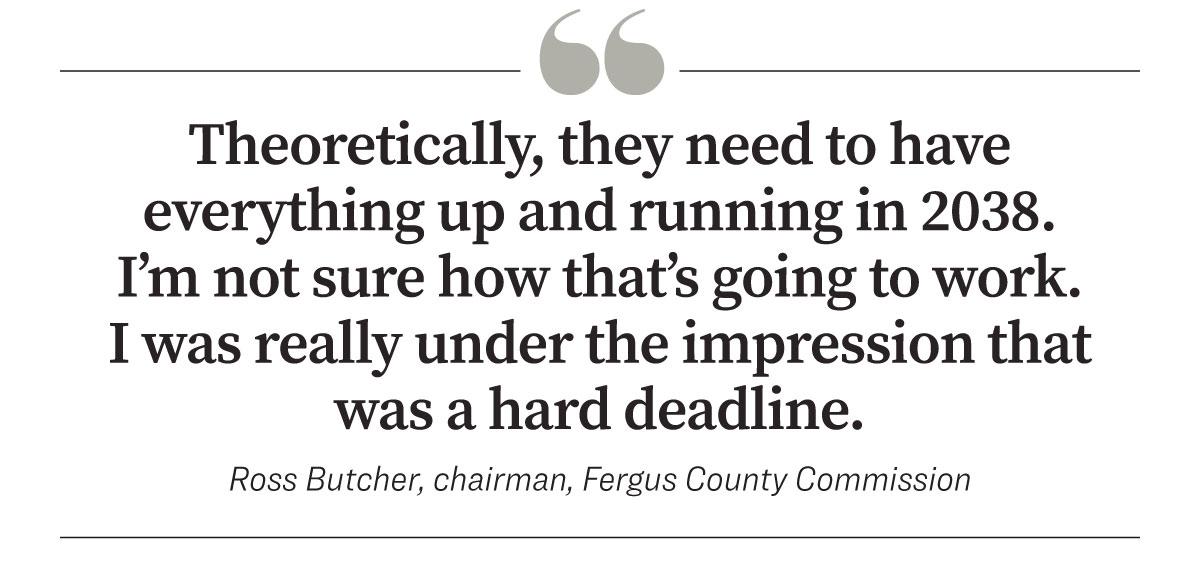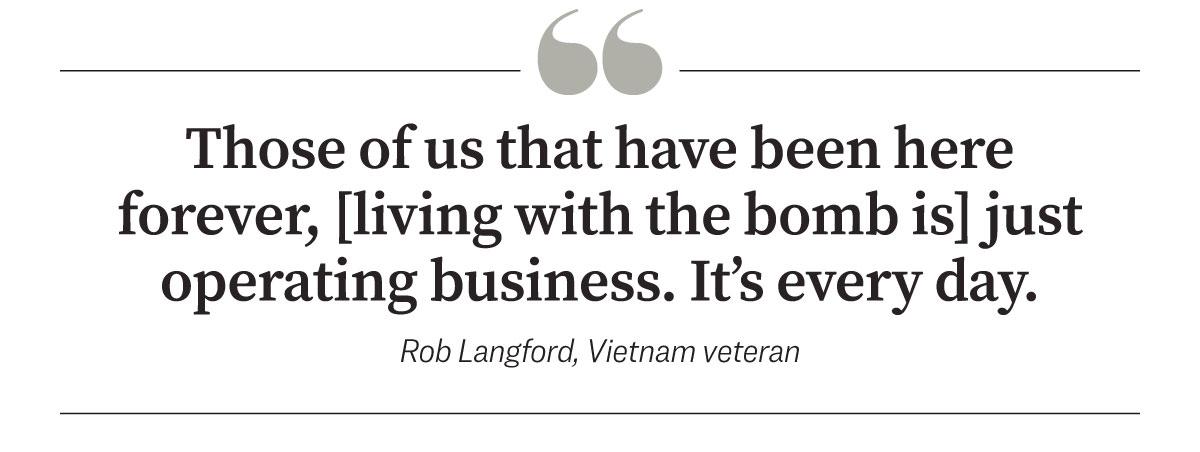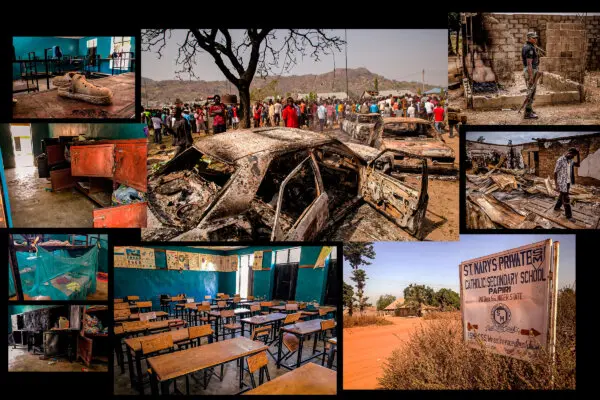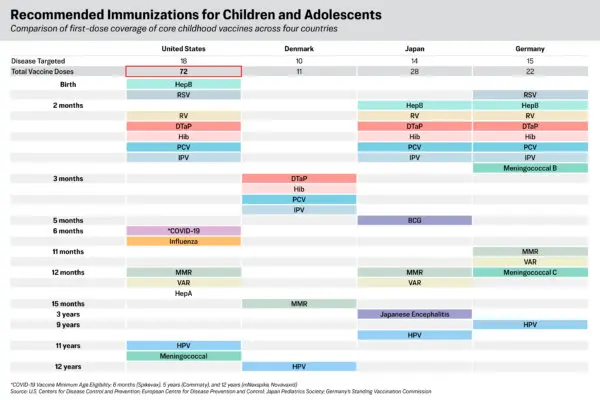WINIFRED, Montana—The landscape is stark and unforgiving, typical of deep winter in rural Montana.
The snow-covered Judith Mountains rise majestically in the distance, while vast fields of dormant wheat, hay, and barley stretch beneath a gloomy gray sky blanketed in white.
Ed Butcher, 81, peered through the cracked windshield of his red Honda all-wheel drive, which had been struck by a bird a few days earlier.
At the end of an eight mile gravel road, two miles east of the family homestead in Winifred (population 174) in Fergus County, he could see his destination.
The one-acre plot is secured by a chain-link fence, complete with surveillance cameras, motion sensors, and barbed wire.
On the fence hangs a sign that reads “Restricted Area,” warning that anyone who breached the fence could be subject to the authorized use of lethal force.
“This is it—the grand tour,” Butcher exclaimed as he parked the vehicle and stepped outside into the biting cold wind and tundra.
He pointed through the fence and said, “There’s the missile.”
Beneath tons of reinforced steel and concrete inside the Hatch Launch E05 facility, the Minuteman III intercontinental ballistic missile (ICBM) has remained on alert for a nuclear attack for 60 years.
In 1964, when Butcher was in high school, his father sold a one-acre plot to the Air Force for $100, allowing it to house this single missile with a nuclear warhead, sitting thousands of miles away from a potential target.
It was a groundbreaking development at the time, combining speed, mobility, and reliability to achieve nearly a 100 percent alert rate—two launch crew officers provide around-the-clock alert ability in the launch center, according to the Air Force.
As a weapon of mass destruction, it can deploy up to three Mk12A nuclear warheads, each with a yield of 300 to 350 kilotons of TNT.
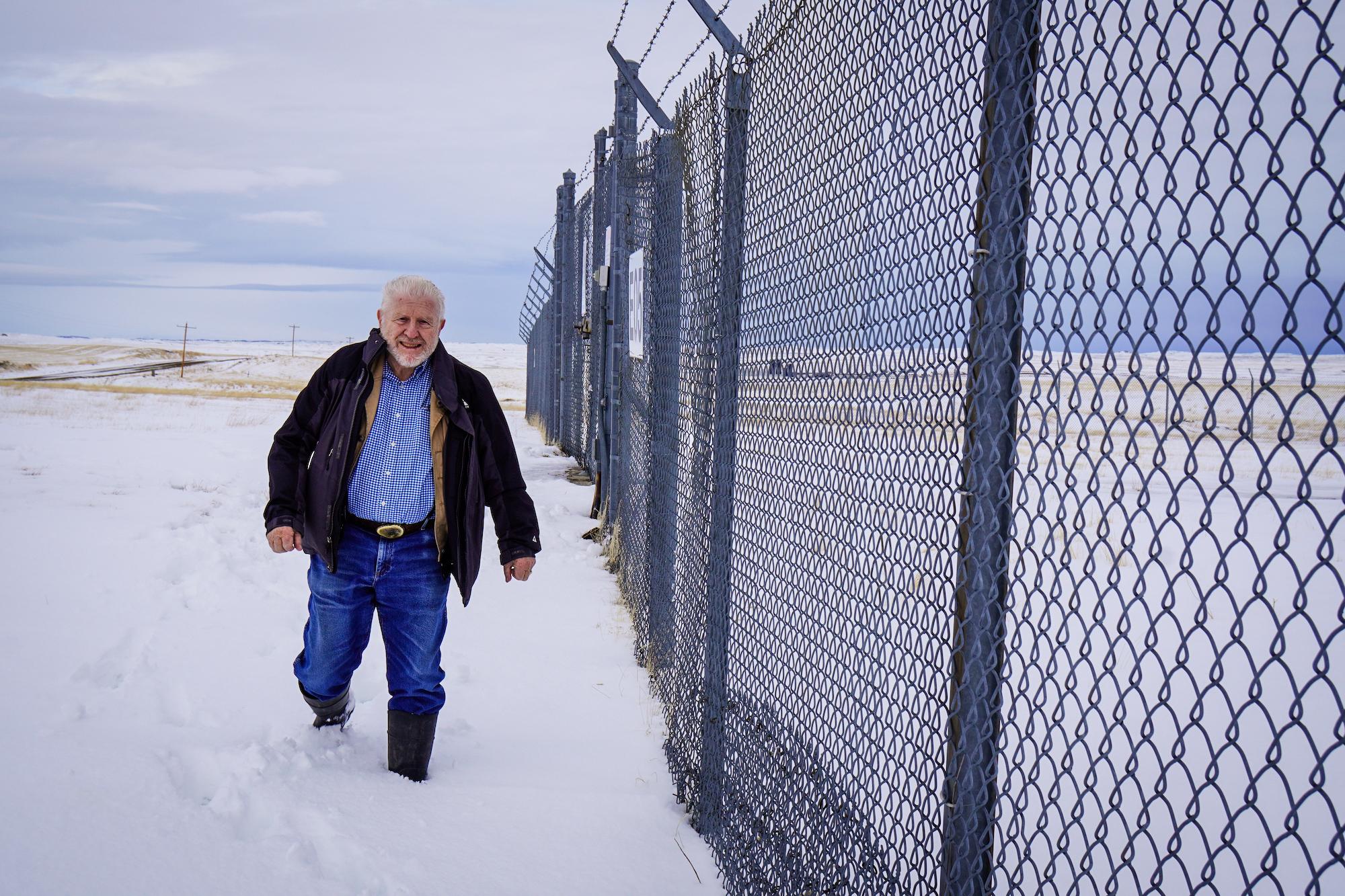
Each warhead is more than 20 times more powerful than the atomic bomb that destroyed Hiroshima on Aug. 6, 1945, which resulted in the deaths of 140,000 people.
Butcher, a former Montana legislator, recalled a period of nuclear brinkmanship based on the principle of mutually assured destruction when the Minuteman missile first arrived on the family ranch.
This was during the peak of the Cold War, following the Cuban Missile Crisis, which brought the United States and Soviet Union closer to nuclear war than ever before.
Everyone was anxious about a potential nuclear exchange, Butcher recalled, and “duck and cover” drills were routine in schools.
Despite the context, Butcher adapted to living near the missile. He never truly feared a nuclear attack on “Missile Country.”
Logic told him that the Minuteman III would be launched long before any Soviet missile could reach its target.
Butcher, a fifth-generation rancher with 400 to 500 cattle, remarked: “They'd be hitting an empty hole.”
Missile County
Fergus County, Montana, approximately the size of New Jersey with a population of 11,772, is home to 52 operational nuclear missile silos. Lewistown serves as the county seat.Butcher said that he had observed the Minuteman III missile outside the hatch at least once during scheduled maintenance.
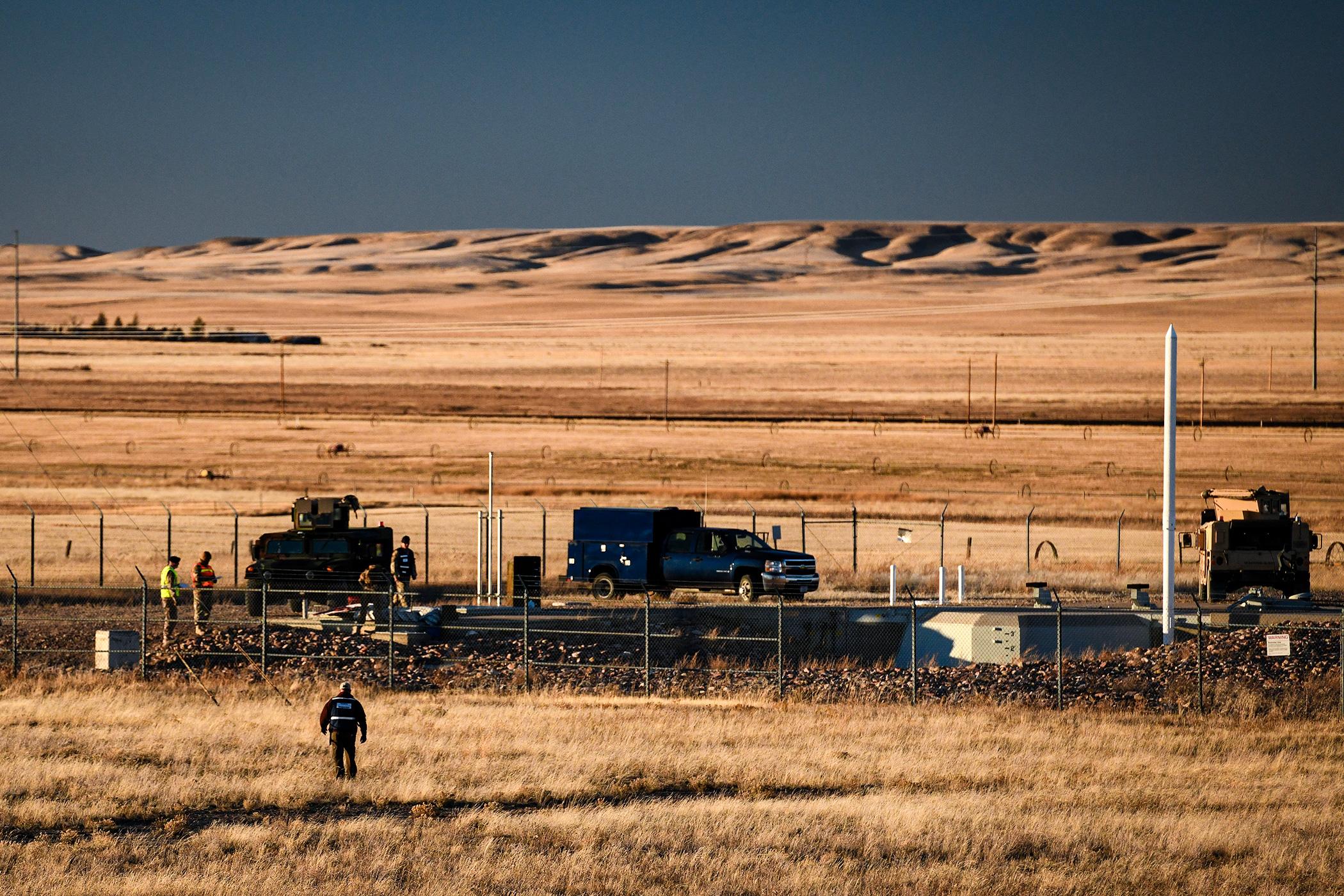
“I was counting cows out in the pasture,” and the security gate to the missile silo was open, Butcher said. “One of the cows got inside near the missile.”
Butcher said he entered the secure area to fetch his cow. He was immediately confronted by an armed military guard.
“Sir, you can’t be here,” the soldier said.
“I own this place,” Butcher responded. “These are my cows.”
The guard persisted, so Butcher replied, “Then you chase her out.”
The soldier’s eyes got “really big,” Butcher recalled. “He looked at the cow. He looked at me.”
“He finally decided it was OK for me to come riding in. He didn’t want to chase after a cow.”
His father, who was a licensed pilot, would also check on the cattle from the air.
“He’d always turn before he got to the missile [silo],” Butcher said. “ He didn’t want to be flying over if they decided to set it off. That was the closest thing Dad had for concerns” about nuclear missiles.
Three Legs of Deterrence
The Minuteman III weapon system completes America’s nuclear “triad,” which includes submarine-launched ballistic missiles and strategic bombers.The Sentinel ICBM program is set to replace the 400 missiles and 450 launch facilities of the aging Minuteman III weapon system by 2038, providing capabilities until 2075.
In September 2020, the Air Force awarded Northrop Grumman a contract worth $13.3 billion to design and build the Sentinel program.
The cost of the Sentinel program is now estimated at $140.9 billion, representing an 81 percent increase from the program’s 2020 budget.
According to the Nunn-McCurdy review, the command and launch segment accounts for the majority of this cost growth.
In a statement, the Air Force indicated it is developing a comprehensive plan to restructure the Sentinel program, focusing on the root causes of the breach and establishing a suitable management structure to control costs.
“Our U.S. nuclear forces are ready, as they have been for decades, to deter our adversaries and respond decisively should deterrence fail,” said Air Force Chief of Staff Gen. David Allvin in the January 2024 statement.
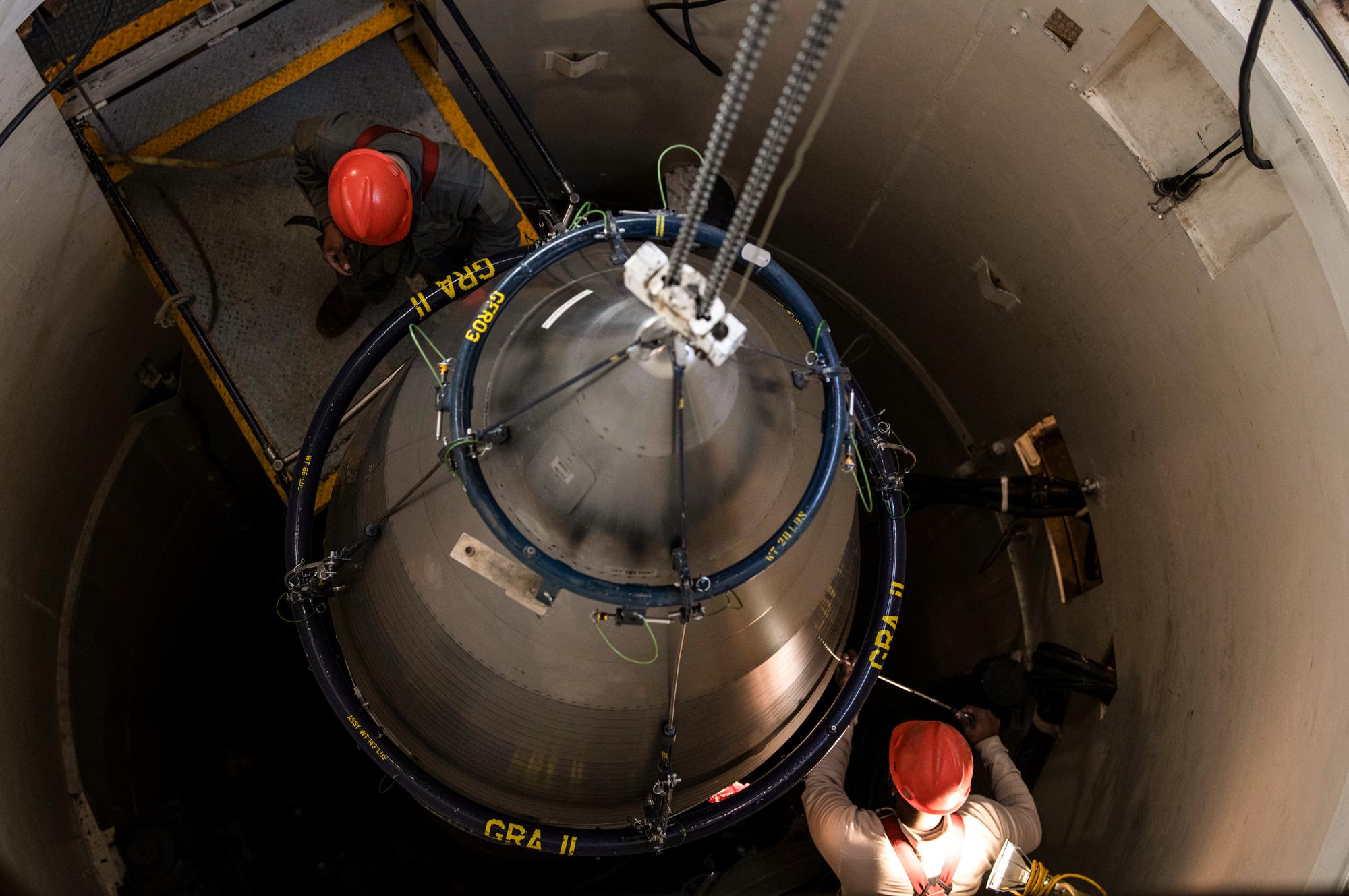
“We face an evolving and complex security environment marked by two major nuclear powers that are strategic competitors and potential adversaries,” Allvin said.
“While I have confidence in our legacy systems today, it is imperative that we modernize our nuclear Triad. A restructured Sentinel program is essential to ensure we remain best postured to address future threats.”
Lewistown and Great Falls, 116 miles northwest, will be most affected by the Sentinel project in Montana.
It will include renovating all 450 existing launch facilities to a “like-new” condition.
To support this effort, temporary workforce hubs and staging areas will be established for up to 3,000 employees in Great Falls, Lewistown, Kimball, Nebraska, and Minot, North Dakota, for a period of two to five years.
Lewistown City Manager Holly Phelps emphasized the importance of communication between the Air Force, Northrop Grumman, and the community throughout the planning phases, especially given the project’s vast scope.
“The Air Force has at least reached out to us and is willing to collaborate to understand the community’s needs,” Phelps told The Epoch Times.
“It’s been a little hard for people to digest—even for me. I don’t think the contractors have all the answers, nor do the federal staff,” she said.
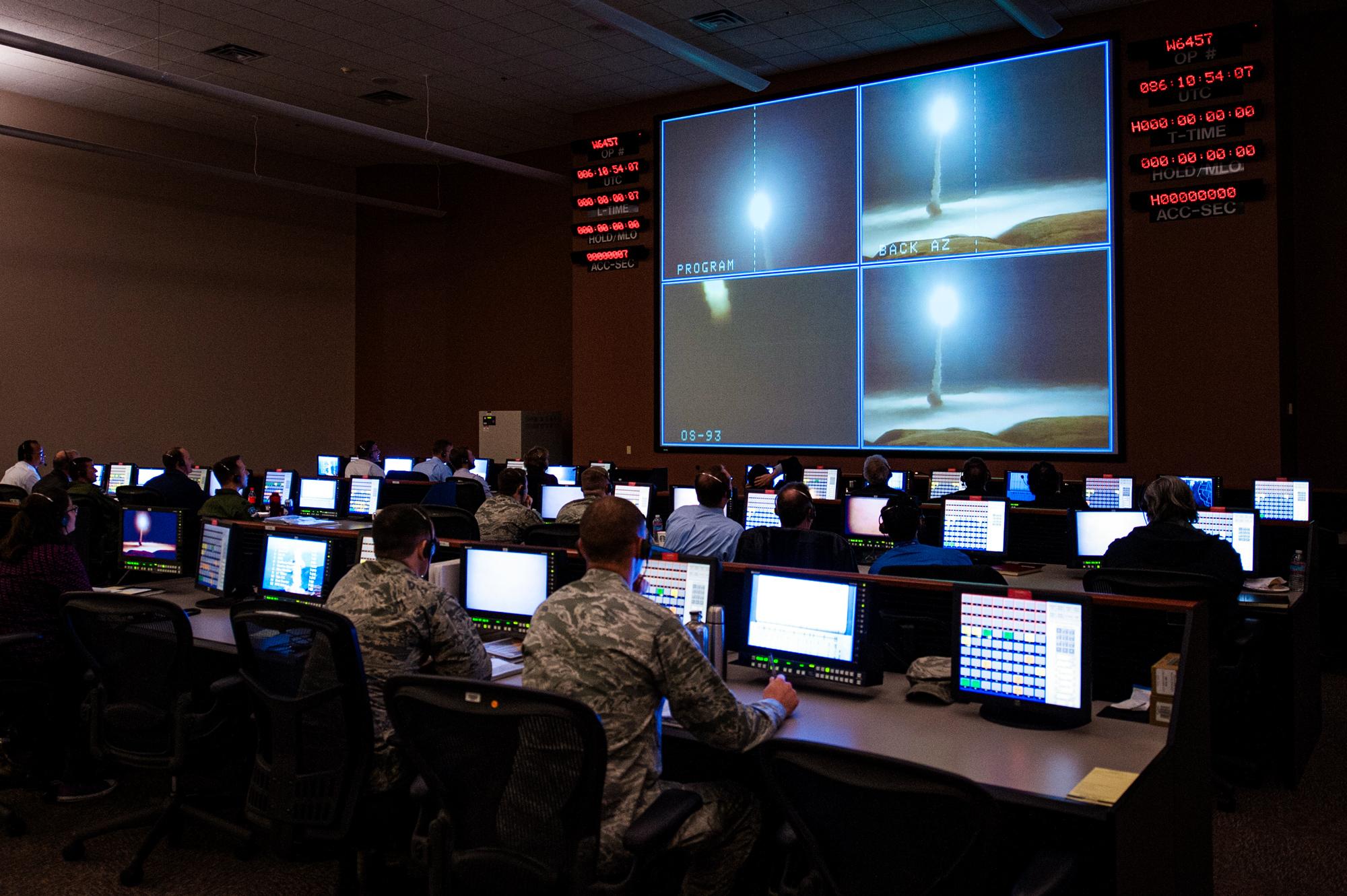
“There has been a lot of uncertainty regarding timing and changes, which is part of the process. You have to be patient and maintain open communication.”
Phelps mentioned that timelines are still “very fluid,” and much work remains to be done.
“There are a lot of question marks—especially with the transition to the new Trump administration,“ she said. “We don’t know if we will see a significant population increase or a surge in school enrollment.”
Phelps noted that the local impact on the community was more substantial during the previous modernization of the Minuteman weapon system in the mid-1960s.
“In the ‘60s, people brought their families. Today, workers might be on a schedule of two weeks on and two weeks off.”
One of the biggest challenges will be finding temporary housing for the influx of workers, according to Phelps. “We’re just waiting and seeing. Obviously, infrastructure must be established before any work can begin.”

The federal funding for road construction and maintenance in the county has been and will continue to be a significant advantage, she said.
“You can see there’s missile roads—they’re some of the nicest roads around in the county.”
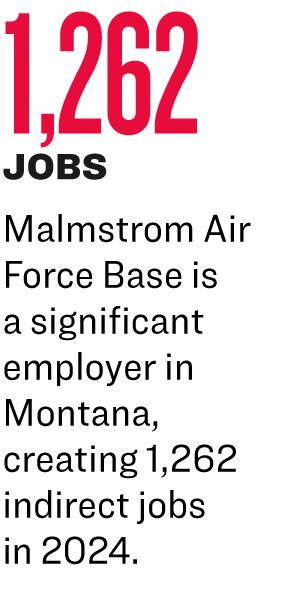
Malmstrom Air Force Base is also a significant employer in Montana, creating 1,262 indirect jobs in 2024. The base is home to 3,268 active-duty military personnel and 532 civilian employees from the Air Force.
In fiscal year 2024, the total economic impact on the local economy amounted to $435.8 million.
Air Force Col. Barry Little informed the audiences that the Minuteman missile has served as a cornerstone of America’s nuclear deterrence for more than six decades.
“You have lived with us in our community, and in your community, and shared in our journey for 62 years,” Little said, according to a summary of one meeting.
“Since Oct. 27, 1962, to today, the Minuteman has provided the foundation for the National Security Strategy.”
The most frequently asked questions focused on the limitations of wind turbines, the maintenance of roads and bridges, the impact of work hubs on local communities, and budgetary concerns.
However, the Air Force states that the scope and impact of the Sentinel project extend beyond merely modernizing the missile; additional construction will also take place.
“We’ve had some reassurances” about workforce numbers, “but until we actually see what kind of crowd and what secondary industries come with that, you never know,” Phelps said.
She views the presence of nuclear missiles as a blessing for local infrastructure and “a necessary evil” in a world filled with conflict and uncertainty.
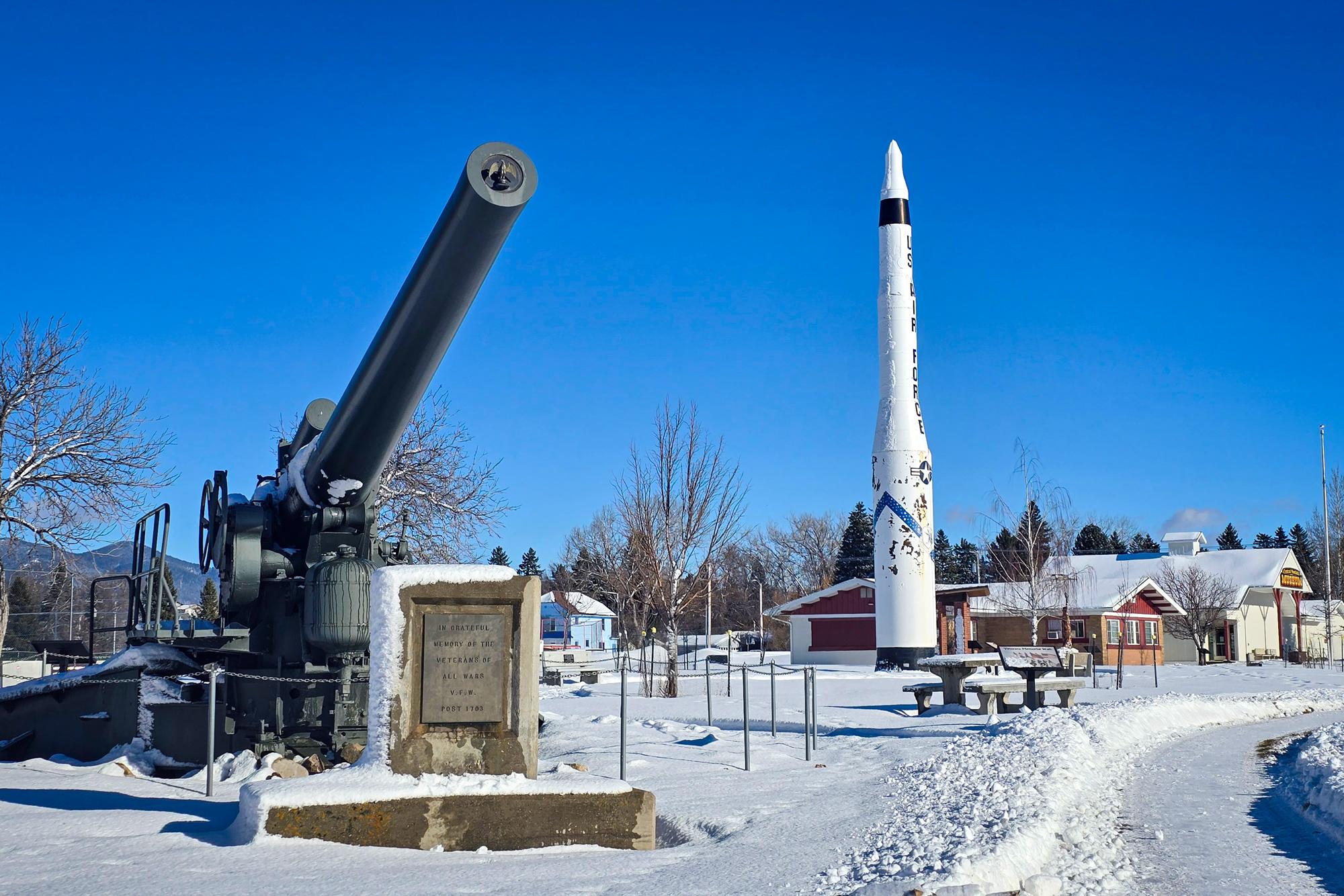
“It’s sad that we have to be in a world where we feel like we need to protect ourselves at that level,” Phelps said. “It’s wonderful that we can offer our land for national security. It doesn’t bother me a whole lot.
“We want to make sure that when this project is done, we have something that has left a positive mark on the community.”
Ross Butcher, son of Ed Butcher, is the chairman of the Fergus County Commission and has participated in numerous local meetings regarding the Sentinel project.
As to the project timeline, “It’s really up in the air,” Butcher told The Epoch Times.
“It’s kind of a moving target. They have a concept. They’re still working on developing and completing the concept, He said.”
“Theoretically, they need to have everything up and running in 2038. I’m not sure how that’s going to work. I was really under the impression that was a hard deadline,” Butcher said.
The Epoch Times reached out to the Air Force for comment. In response, the Air Force stated that it is currently working on a detailed plan to restructure the Sentinel program. A new timeline and schedule for transition and deployment activities will be provided once the restructuring is complete.
Meanwhile, the Air Force said, the ICBM force “remains committed to its mission of providing 24/7 strategic deterrence and is ready to respond at a moment’s notice.”
“This capability is the most responsive element of the nuclear triad. Maintaining a strong nuclear deterrent is essential for safeguarding our nation and protecting our allies from a nuclear attack.”
My Neighbor, the Nuclear Missile
Growing up, Ross Butcher said that, like his father, he was never concerned about having a nuclear weapon as a neighbor.“I was pretty young. I remember listening to the discussions,” he said.
“The world isn’t necessarily getting safer,“ Ross Butcher said. ”There’s been a certain amount of complacency with concerns about nuclear war. It’s partly because the concept of deterrence has been pretty good.”
Ed Butcher added, “I guess we just never thought about it. I guess you can be paranoid about a lot of things.
“I don’t have anything against the missiles at all. They’re a good economic base. This community has no opposition to the missiles. There aren’t even any nutcases around here that are anti-missile.”
At the Winifred Tavern & Cafe, employee Tara Mabury said that life continues in Missile Country despite living with the threat of nuclear annihilation.

“It is what it is,” she said.
Although there are economic and national security benefits, it is still unsettling to feel like a target for a nuclear attack, Mabury said.
“I guess you really wouldn’t know” until it happens, she said.
Cafe manager Garrett Carr said that he doesn’t worry about living so close to nuclear weapons.
“It hasn’t affected my life yet. I don’t think it will. I don’t feel like I’ve got a target on my back, He said.”
“When we talk about it in my circles, we might kind of make light of it. I don’t think anybody feels seriously” about the inherent dangers.
In Lewistown, a decommissioned Minuteman missile stands at the local veterans’ park, symbolizing national strength and patriotism.
As Vietnam veteran Rob Langford shoveled snow, the missile loomed above him, serving as a potent reminder of the potential for nuclear war.
Concerns about a nuclear attack on Montana exist, Langford noted. The truth is, “there’s no one here” to bomb in large numbers.
In the event of a nuclear conflict with Russia or China, Langford has a plan for such an occasion.
“We’re going to be the first ones to know it, right? And when that happens, I’m going to run down to the store and get me a case of beer. I’m going to take my lawn chair out in the yard and I’m going to watch the fireworks,” Langford said.
“Those of us that have been here forever, [living with the bomb is] just operating business. It’s every day.”

